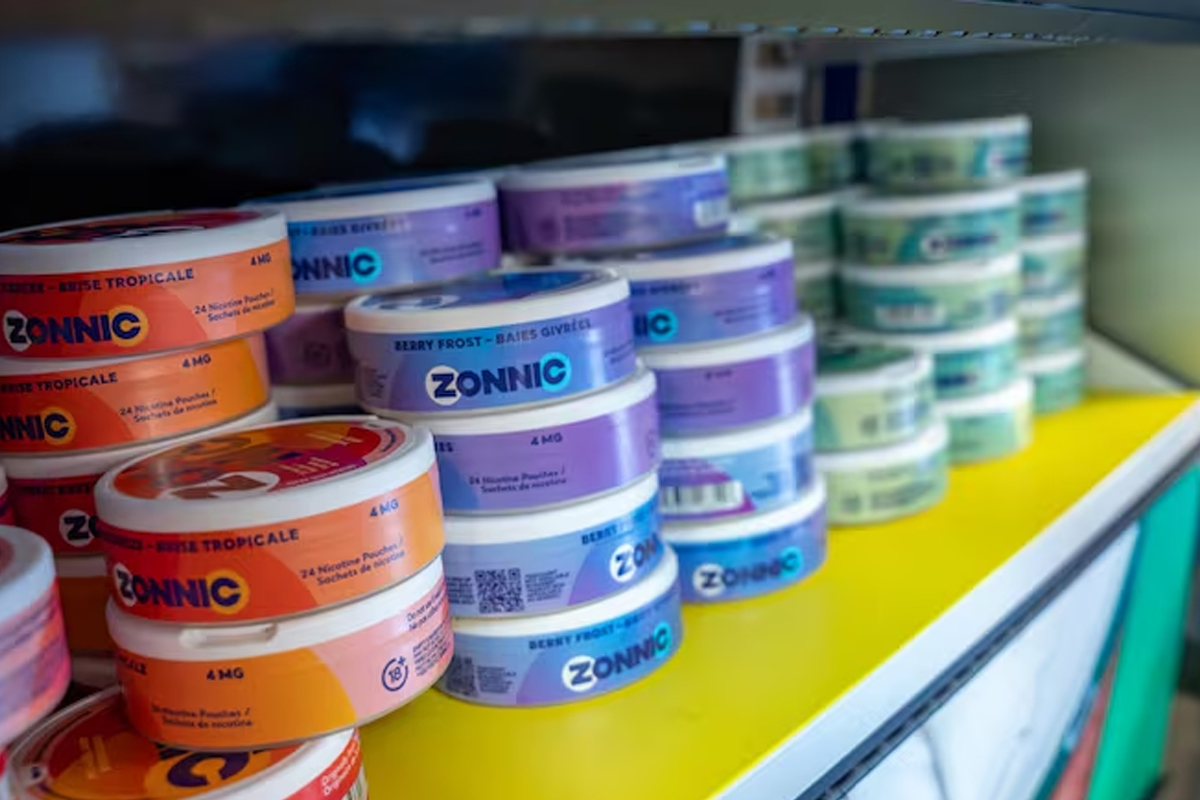In a significant legal development, the Patan High Court in Nepal has ruled that the government cannot impose restrictions on the import and sale of electronic cigarettes (vapes). The court’s decision, issued in response to a writ petition filed by Vape Mandu Traders, effectively halted an attempt by the Ministry of Health and the Ministry of Finance to ban vapes on the grounds of public health and tobacco control laws. The court cited the 2015 Tobacco Products Control and Regulation Directive, noting that while certain provisions exist, the government had not adequately justified the blanket ban.
This ruling has sparked a heated debate over the regulation of vaping products in Nepal, where their popularity is growing, particularly among the younger generation. The government had previously attempted to curb vape sales by issuing circulars based on legal provisions that were interpreted as supporting a ban. However, the court found these actions to be overly broad and not in line with the intent of the existing regulations.
As a senior reviewer with Vape Observation, I find this case both timely and crucial, as it highlights the delicate balance between public health concerns and individual rights. The rise of vaping in Nepal is part of a broader global trend, with many countries grappling with how to regulate these products in a way that protects public health without stifling consumer choice.
However, the court’s decision does not mean that vaping is entirely beyond regulatory reach. The government still has the authority to implement targeted measures, such as age restrictions, health warnings, and taxation to deter youth access and generate revenue. In fact, the fact that the government collected over Rs 230 million in customs revenue from vapes during the previous fiscal year underscores the economic significance of this market.
It is also worth noting that in many countries, vaping has become a tool for smokers seeking to quit traditional cigarettes. However, in Nepal, the regulatory framework has not yet evolved to recognize this potential benefit. The court’s decision may now prompt the government to rethink its approach, ensuring that any future regulations are both informed by public health science and respectful of consumer rights.
In my view, the key takeaway from this case is the need for evidence-based policy-making. The government should not rely on outdated or ambiguous laws to impose broad bans. Instead, it should work with health experts, industry stakeholders, and civil society to develop a comprehensive vaping policy that addresses genuine concerns without overreach.
To move forward, Nepal must establish clear guidelines that promote responsible vaping, ensure product safety, and protect vulnerable populations—especially youth—while allowing adults to make informed choices. This requires a nuanced approach, one that is neither too permissive nor overly restrictive.
In conclusion, while the Patan High Court’s ruling is a victory for vape businesses, it also serves as a wake-up call for the government to act with greater foresight and responsibility in regulating an emerging market. The path ahead is clear: thoughtful, science-driven regulation that balances individual freedom with public health.
Tags: Nepal








